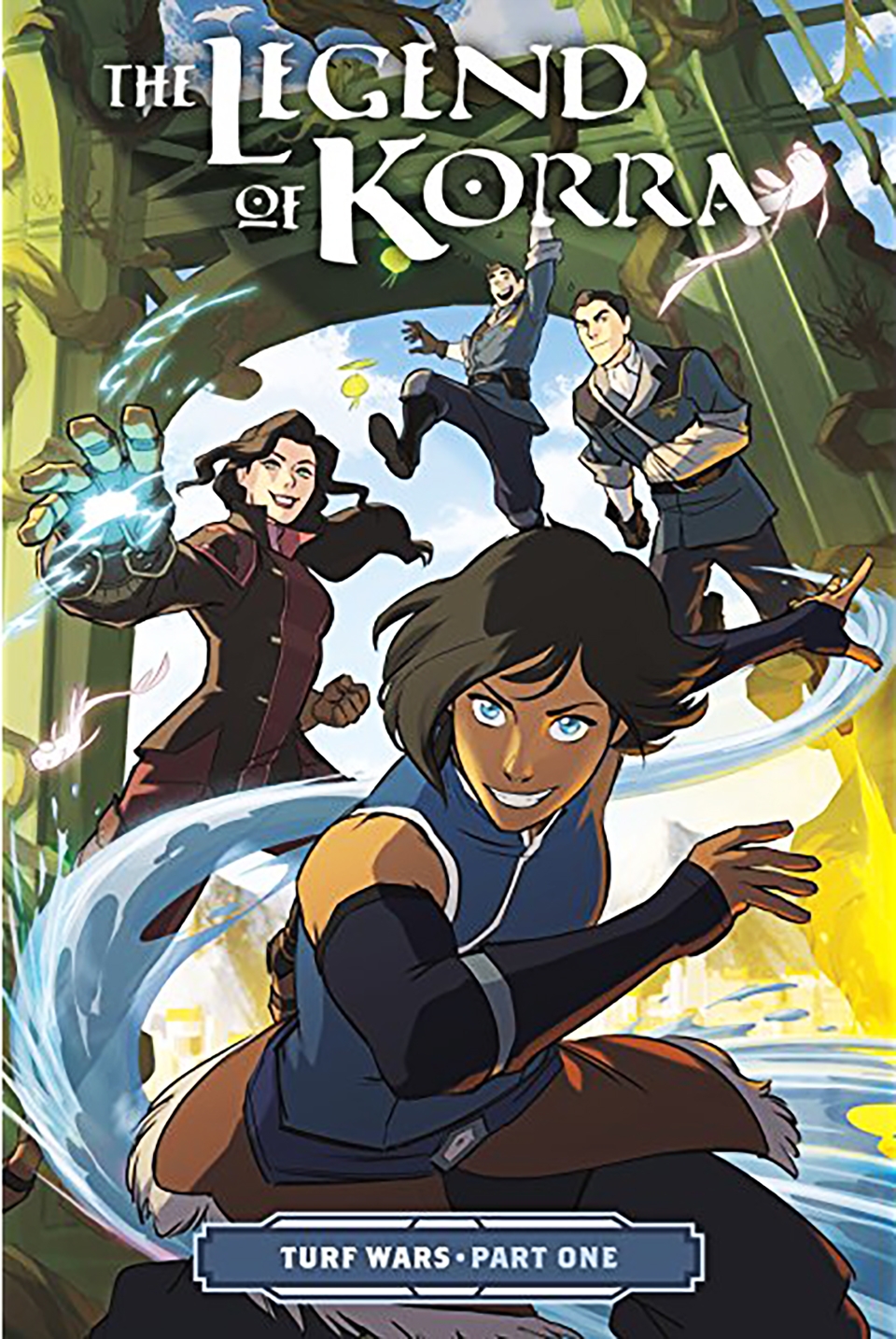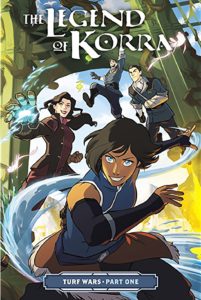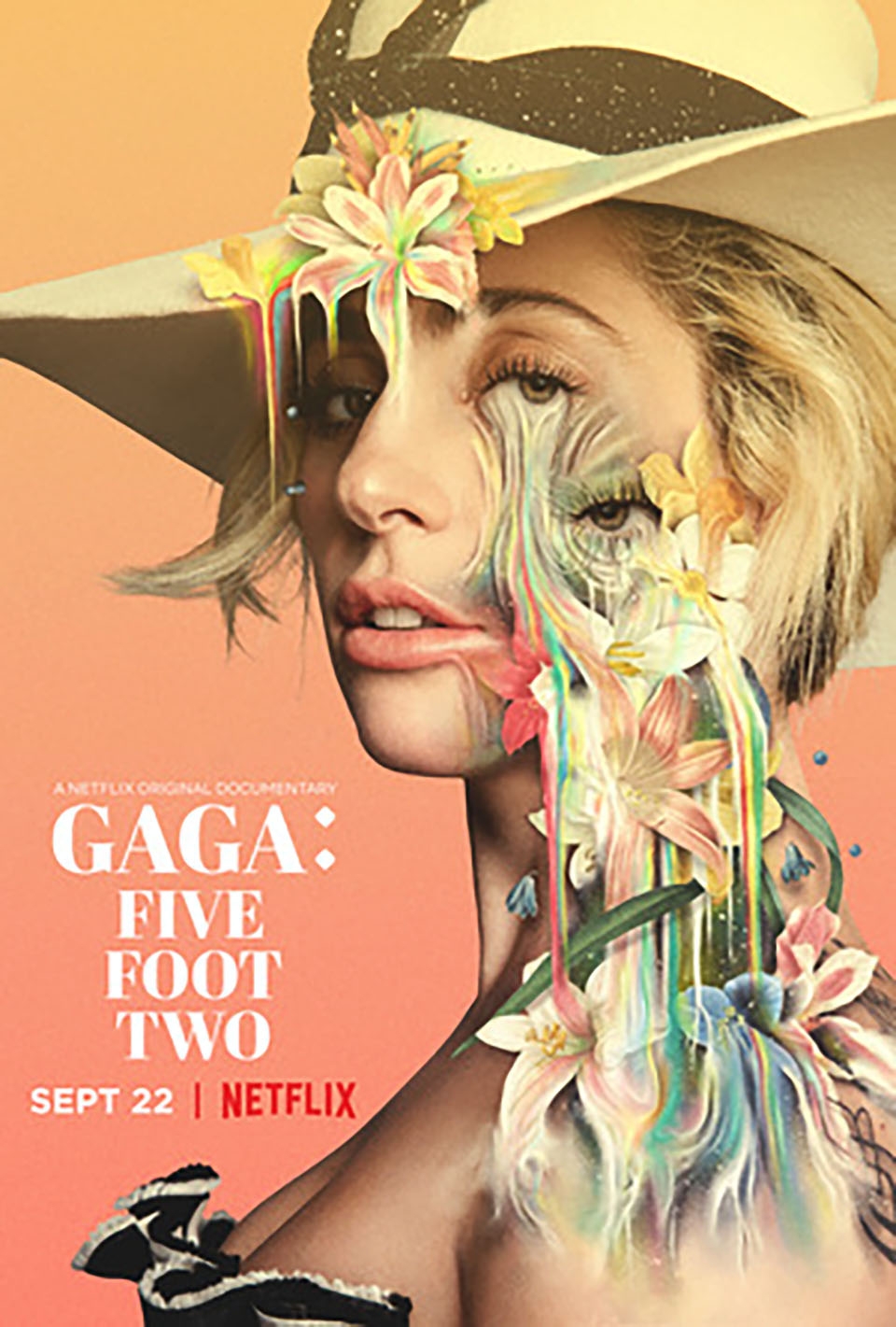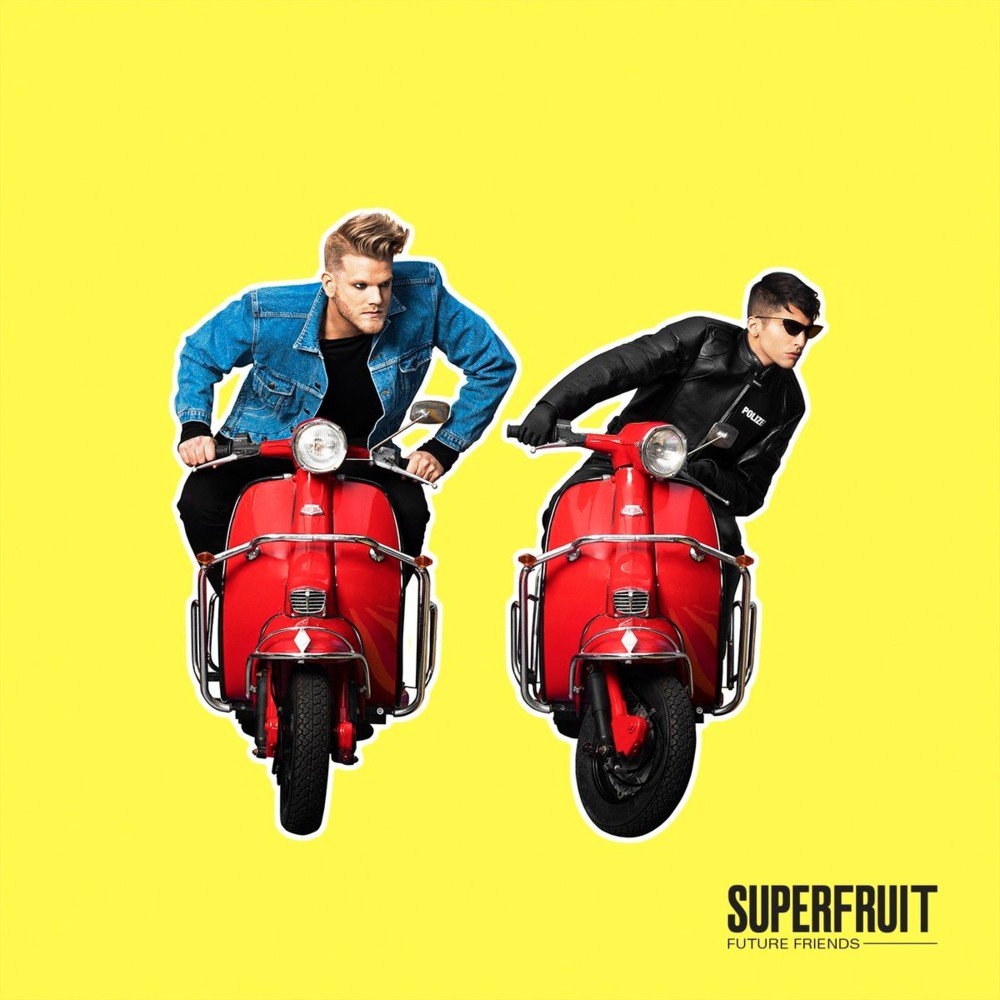

‘The Legend of Korra’ series was a continuation of the acclaimed ‘Avatar: The Last Airbender’ Nickelodian series. Both shows had tie-in comics that expanded the story past their endings.
By Nicole Prieto | Staff Writer
Legend of Korra fans rejoice: Turf Wars: Part One, the official comic continuation of the hit Nickelodeon series, landed on physical and digital shelves this summer. Written by co-creator Michael Dante DiMartino, with art by Irene Koh, the comic dives straight into the aftermath of Season 4.
The explosive TV finale made waves in the Avatar fandom in late 2014. Set to a soothing background score, the final shot featured both women gazing into each other’s eyes as they headed off for a vacation in the Spirit World, hand-in-hand. Many fans paralleled the romantic atmosphere with the ending of the original Avatar series, which featured a kiss between Aang and Katara. Not long after, co-creator Bryan Konietzko confirmed fan speculation that the pair were an official couple — even if they could not do a televised kiss scene between them to drive that point home.
If some fans were still unconvinced, Turf Wars throws out any doubt with gusto. The comic picks up right when Korra and Asami enter the new Spirit World portal opened in Republic City. From hopping around giant mushrooms to underwater escapades, they take a much-needed escape from the politically tumultuous mortal world. Their vacation is cut short, however, when they mistakenly climb on the back of a giant stone spirit. It is a foreshadowing segue into one of the comic’s primary conflicts, as the spirit demands they leave and never return — literally throwing the pair out of its realm.
Before heading back to Republic City, though, Korra decides they ought to share the news that they are dating with her parents. In this respect, DiMartino takes a thoughtful, realistic approach to the coming out process in the Avatar universe. Asami is supportive of Korra’s desire to be open about their relationship. Nevertheless, she is not as enthusiastic about sharing the news with the rest of the world — at least, not all at once. DiMartino could have made LGBT acceptance a non-issue in Avatar, but he thankfully writes in a way that should be more familiar to queer readers’ experiences.
He explores some tension between them about their expectations as a bisexual couple in a world with varying cultural expectations on same-sex relationships. But even where they have their disagreements, DiMartino avoids delving into unnecessary melodrama. Korra and Asami are adult women with enough past relationship drama between them (i.e. Mako), and it shows. They talk out their feelings and recognize when they might be crossing into uncomfortable boundaries. In this respect, Turf Wars sets the stage that any major issues between them are going to be on a higher level.
DiMartino also explores a bit of LGBT history in the Avatar universe in a pleasantly unexpected way. He makes clear that they are not the only queer characters in the franchise, even if the revelation seems rushed. Each nation addresses queer relationships in unique ways, ranging from full acceptance to outright illegality. Divvying up such expectations among them seems artificially clear-cut. Still, it makes sense in the context of a show that has always highlighted their differences.
While their relationship takes center stage, it is not the only thing going on in the comic. Once back in Republic City, the metropolis’s political problems hit the pair without skipping a beat. Korra learns that the spirits are none too pleased with having a new Spirit Portal opened in the middle of a bustling city, and that shady landowner Wonyong Keum intends to capitalize on its potential as a tourist attraction.
With countless homes and gang territories upended after Kuvira’s mecha-rampage, Zhu Li heads the efforts to accommodate Republic City evacuees in a temporary, crowded camp. Lin Beifong, Mako and Bolin try to reign in warring gangs fighting to preserve or take over one another’s turfs. Among the chaos, the new Triple Threat Triad leader, Tokuga, stakes his claim as the series’ ruthless, primary antagonist. As usual, the Avatar universe does not shy away from the harsh realities of war-torn displacement, environmental impact and political circuses.
The story, overall, couples well with Koh’s dynamic, rougher-around-the-edges art than seen in prior Avatar comics. At the cost of making Part One almost entirely about their relationship, Turf Wars does sensitively address LGBT issues without diving into chapters-long, historical information dumps. It is not only a love letter to queer fans who grew up watching the The Last Airbender and Legend of Korra; it is also a good dose of worldbuilding not touched on by many franchises that cater to younger audiences. Expect Part Two in January 2018.




